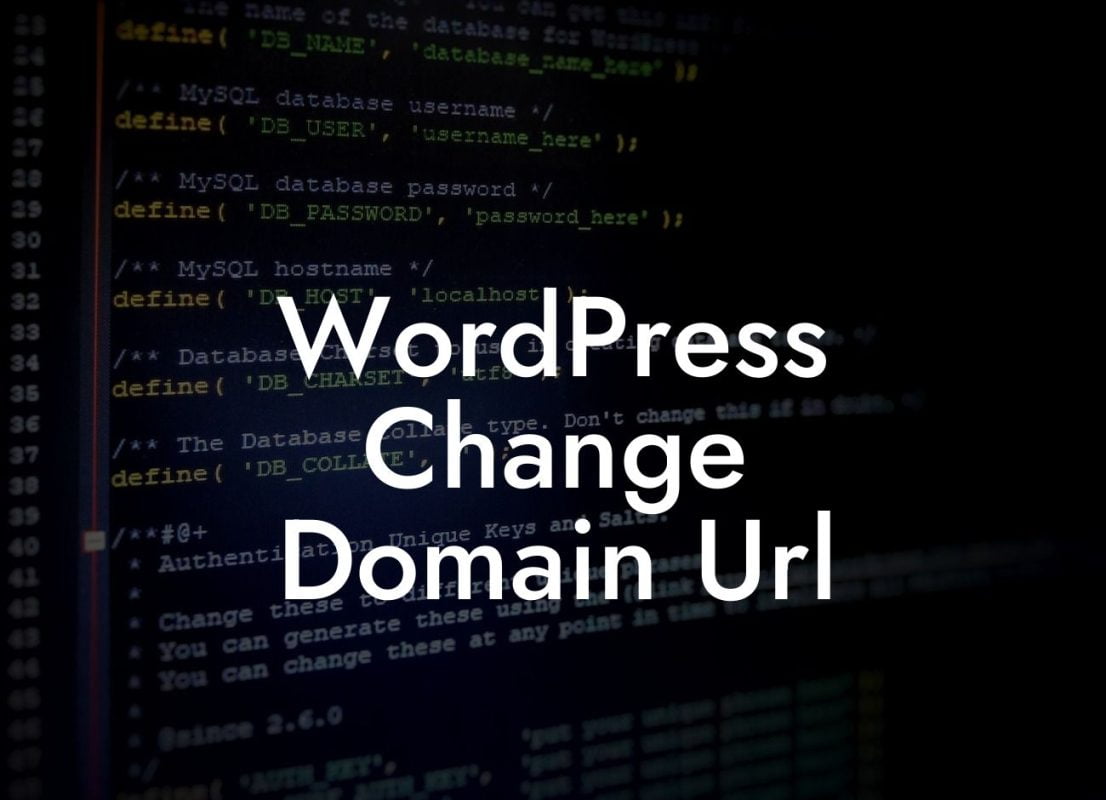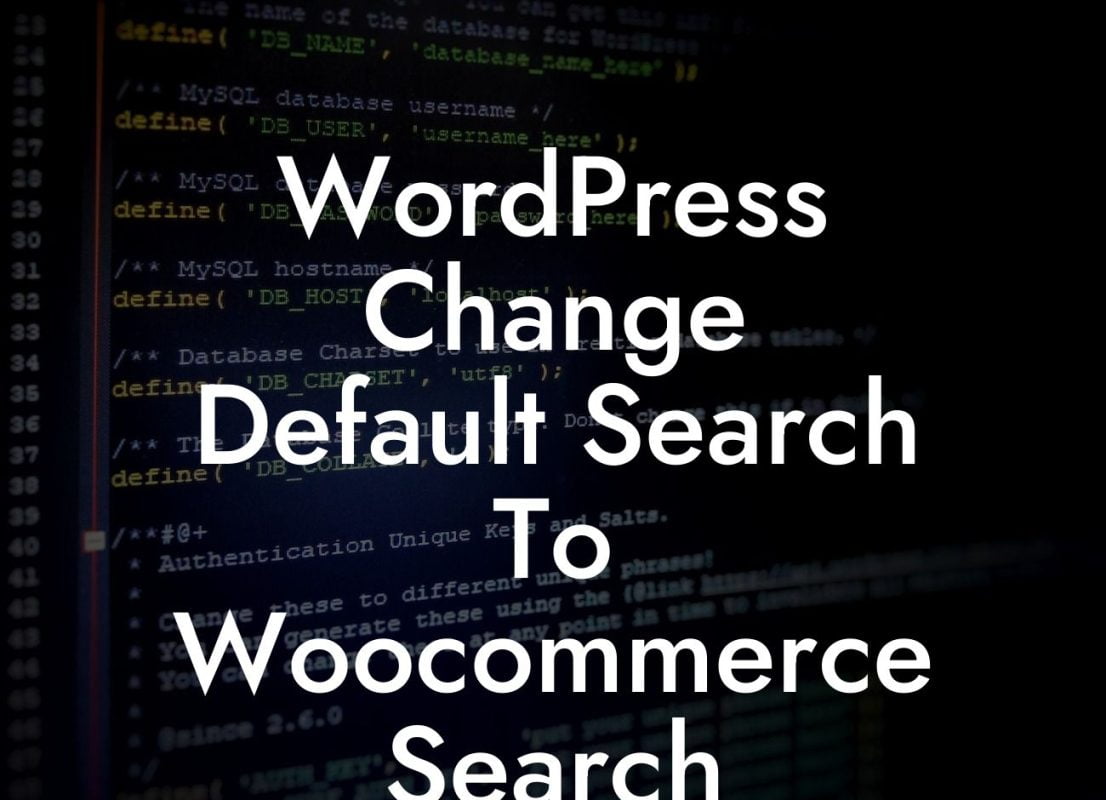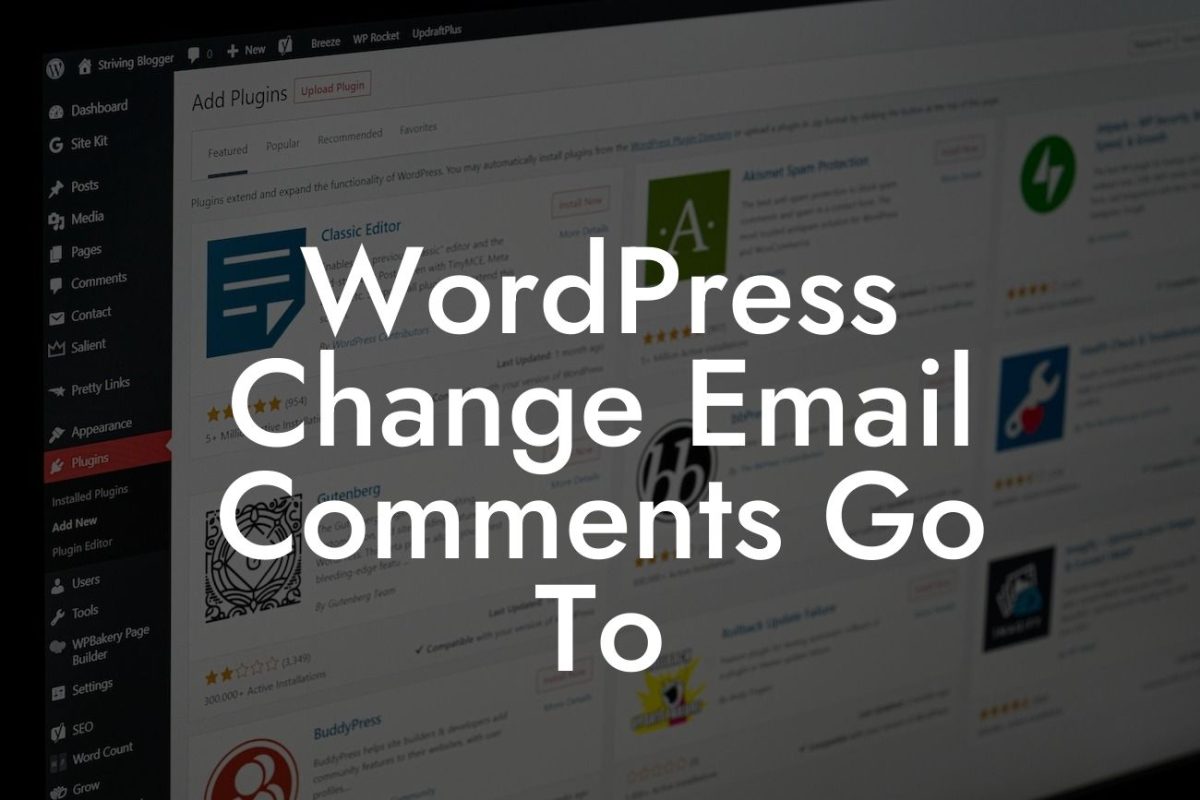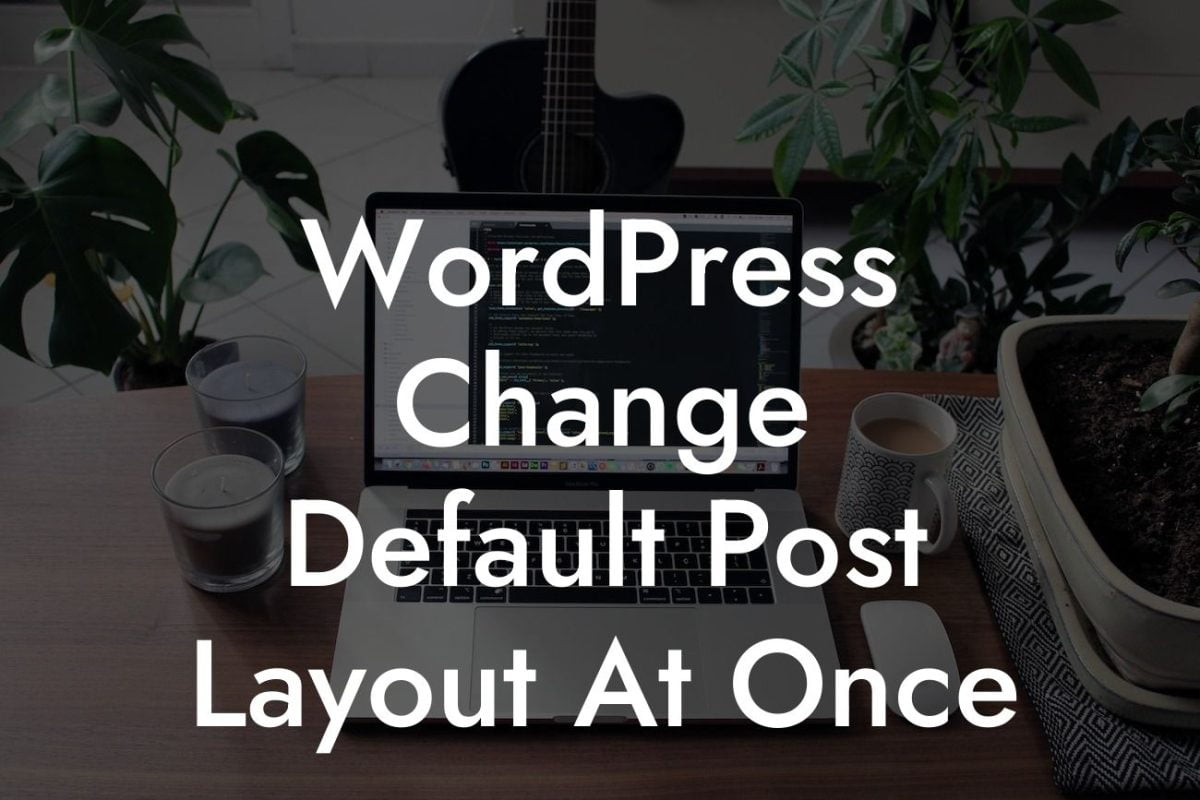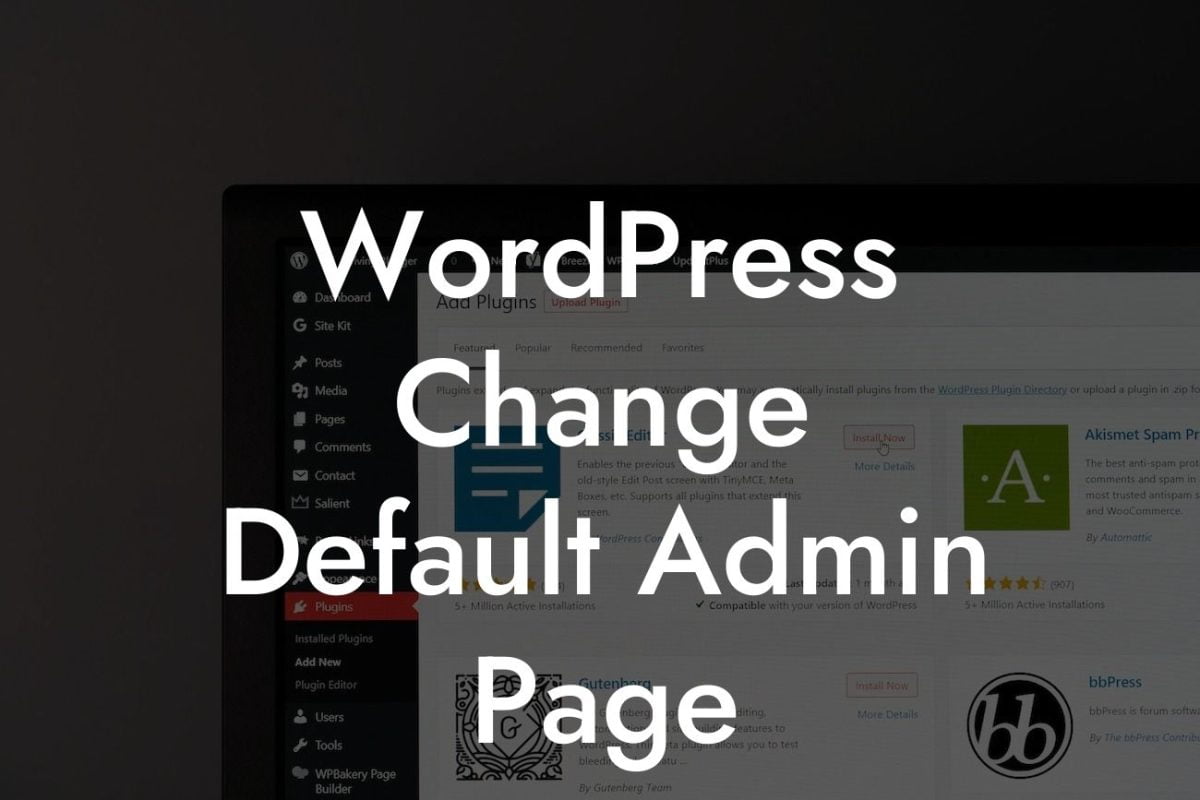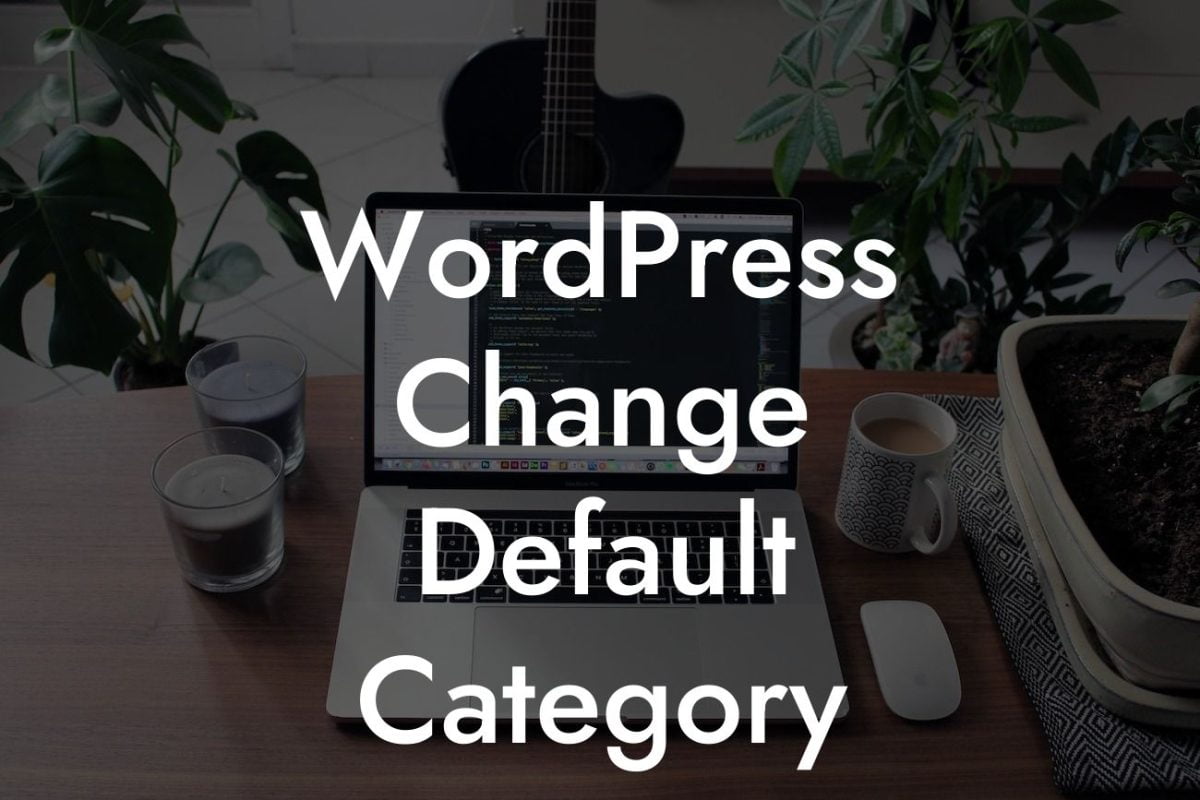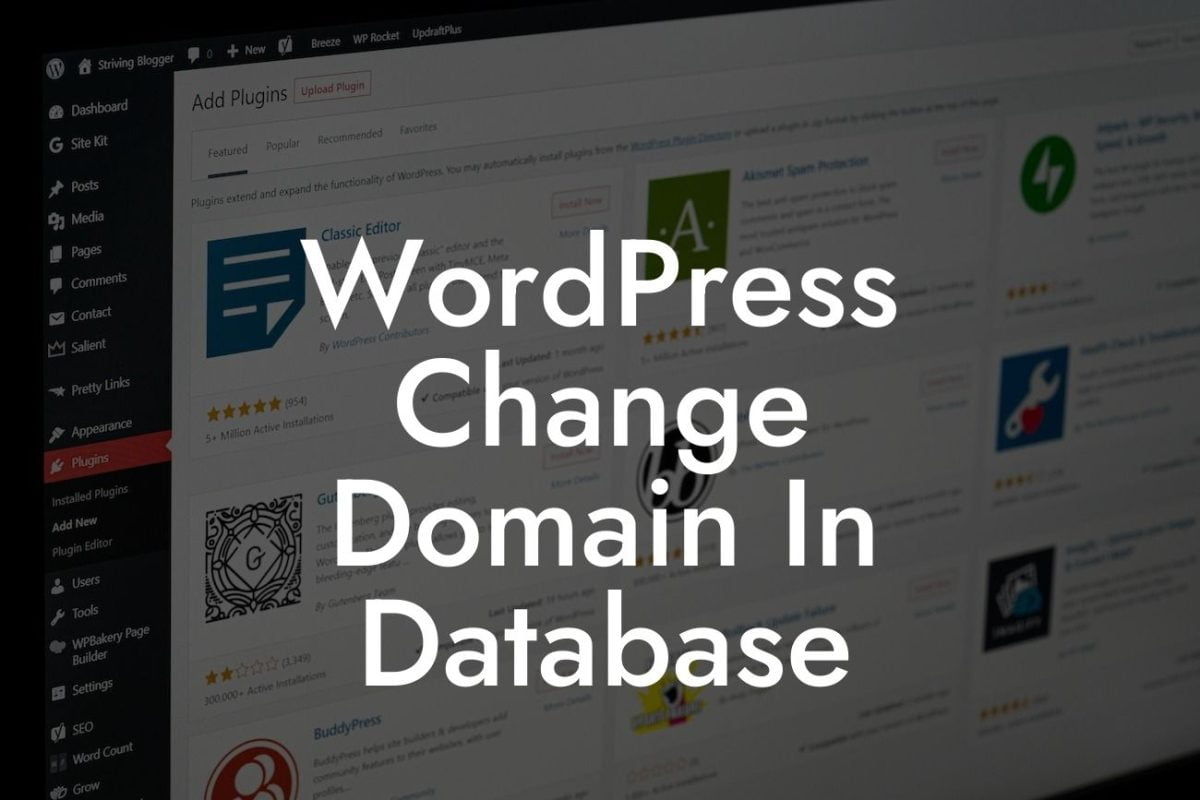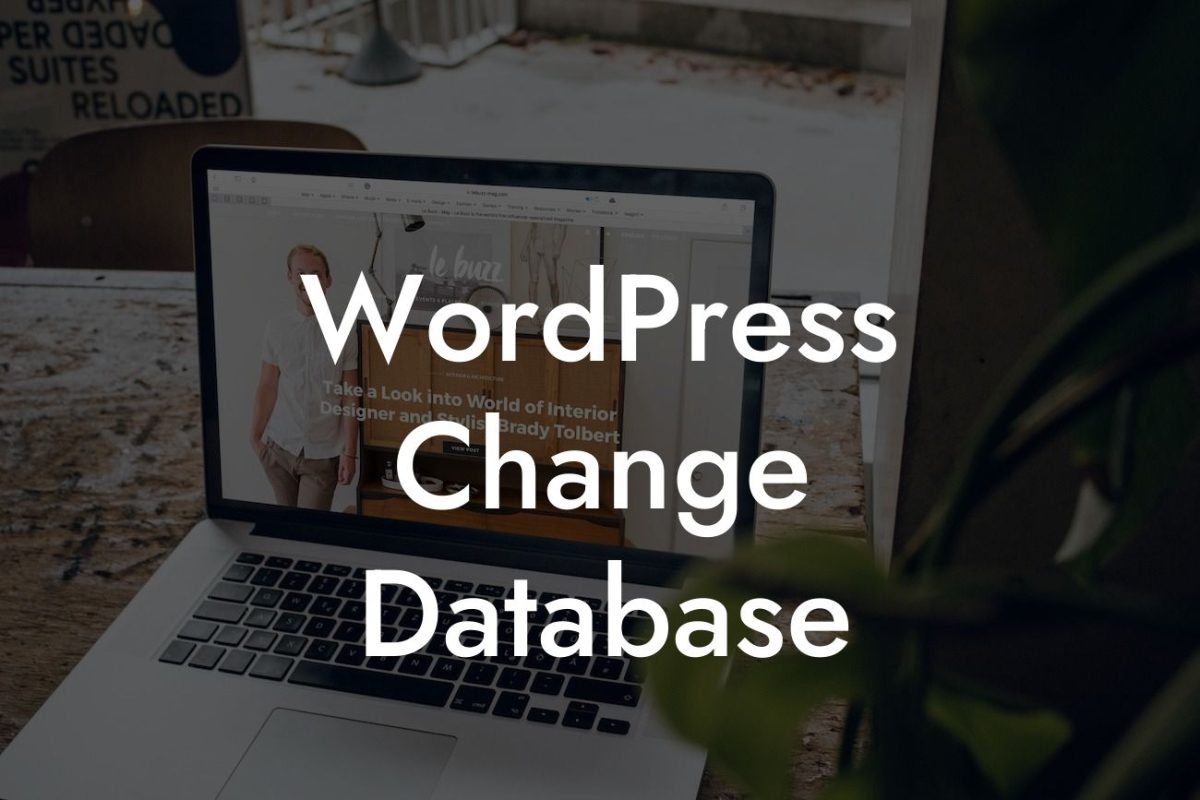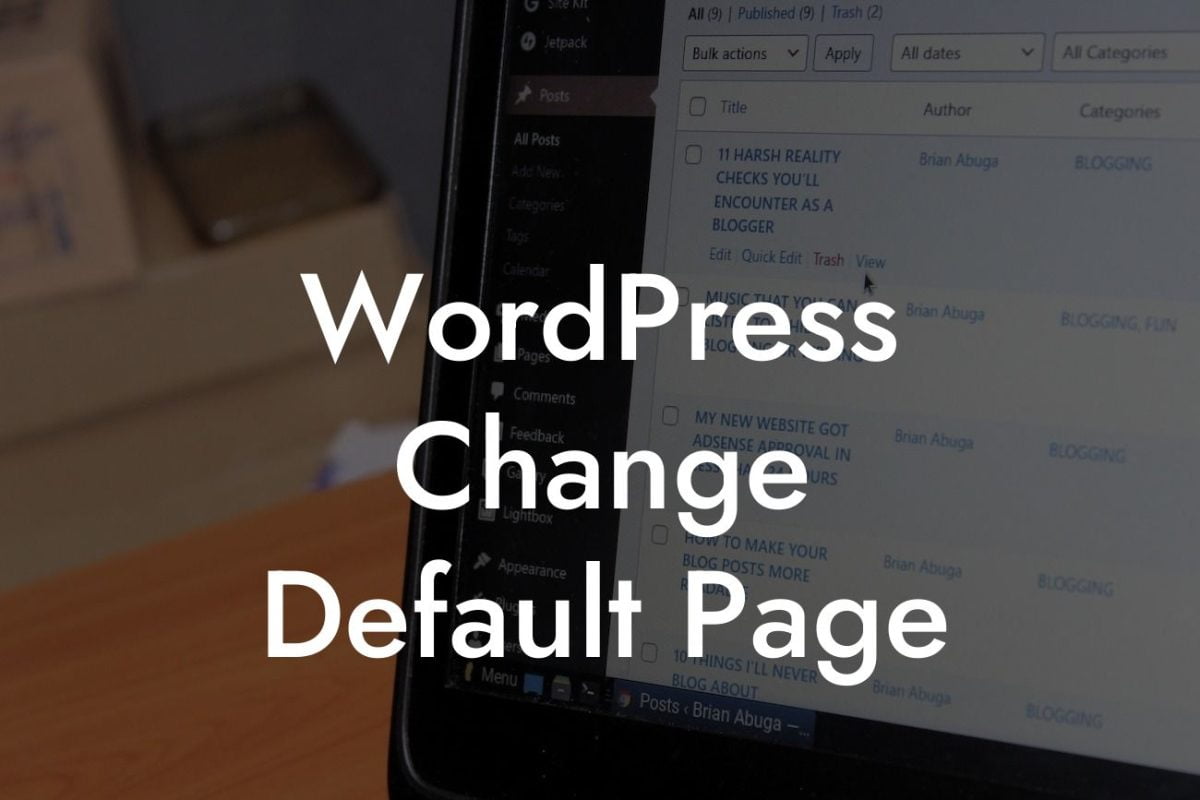Do you own a WordPress website and still using HTTP instead of HTTPS? It's time to make the switch! In this article, we will guide you through the process of changing your WordPress website from HTTP to HTTPS, ensuring improved security and better search engine rankings. Let's make your online presence secure and skyrocket your success!
Engaging Heading: Why Switch to HTTPS?
Did you know that HTTPS (HyperText Transfer Protocol Secure) provides an extra layer of encryption to your website's data? Not only does it protect sensitive information from potential hackers, but it also communicates trustworthiness to your visitors. Here's why you should consider switching to HTTPS:
1. Enhanced Security: HTTPS encrypts the data exchanged between your website and your visitors, making it nearly impossible for hackers to intercept and retrieve sensitive information such as passwords or credit card details.
2. SEO Boost: Search engines, like Google, consider HTTPS as a ranking factor. By switching to HTTPS, you have a higher chance of ranking higher in search results, improving your website's visibility and attracting more organic traffic.
Looking For a Custom QuickBook Integration?
3. Trust and Credibility: With HTTPS, your visitors are assured that their communication and interactions with your website are secure. This builds trust and credibility, encouraging them to stay longer and explore your content or make purchases.
Engaging Heading: Step-by-Step Guide to Migrate from HTTP to HTTPS
Detailed instructions with H2 subheadings:
1. Obtain an SSL Certificate
- Choose the right SSL certificate type for your website (e.g., free, shared, or dedicated).
- Purchase or get a free SSL certificate from a trusted certificate authority.
2. Backup Your Website
- Create a full backup of your website's database and files using a reliable backup plugin or service.
- In case of any issues during the migration process, you can easily restore your website to its previous state.
3. Install and Activate the SSL Certificate
- Contact your website hosting provider for assistance in installing the SSL certificate.
- Activate the SSL certificate for your domain.
4. Update Your WordPress Website's URL
- In your WordPress dashboard, go to "Settings" and then "General."
- Update both the "WordPress Address (URL)" and "Site Address (URL)" from HTTP to HTTPS.
- Save the changes.
5. Update Internal URLs and Content
- Use a search and replace plugin or manually update all internal URLs within your content, including images, links, and multimedia files.
- Ensure that all URLs are updated to reflect the new HTTPS structure.
If The People Write Http How Change To Https Wordpress Example:
Let's consider the example of a small e-commerce store, "ABC Electronics." By switching from HTTP to HTTPS, ABC Electronics provides a secure environment for their customers to make online purchases. Moreover, the improved SEO rankings help attract more organic traffic to their website, resulting in increased sales and business growth.
Now that you've successfully migrated your WordPress website from HTTP to HTTPS, your online presence is more secure and ready to make an impact. Remember to explore DamnWoo's collection of awesome plugins to further enhance your website's functionality and success. Share this article with your peers who might benefit from it and stay tuned for more guides on our blog.


